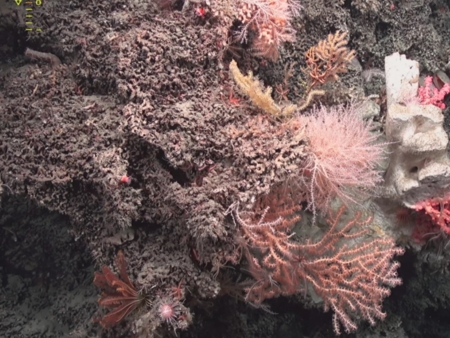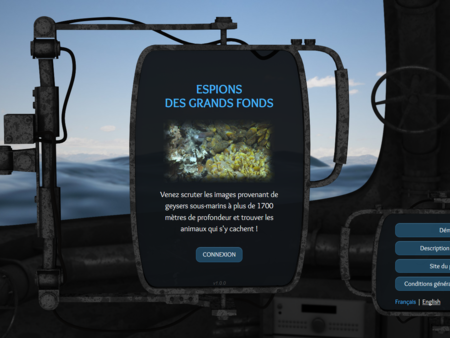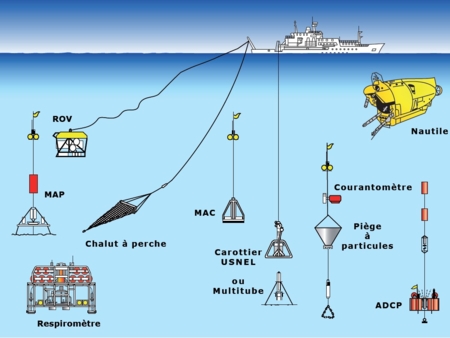Cooperation between two modes for DNA replication initiation in the archaeon Thermococcus barophilus
Sous presse dans mBio
McTeer, L., Moalic, Y., Cueff-Gauchard, V., Catchpole, R., Hogrel, G., Lu, Y., Laurent, S., Hemon, M., Aubé, J., Leroy, E., Roussel, E., Oberto, J., Flament, D., Dulermo, R. (2024)
The mechanisms underpinning the replication of genomic DNA have recently been challenged in Archaea . Indeed, the lack of origin of replication has no deleterious effect on growth, suggesting that replication initiation relies on homologous recombination. Recombination-dependent replication (RDR) appears to be based on the recombinase RadA, which is of absolute requirement when no initiation origins are detected. The origin of this flexibility in the initiation of replication and the extent to which it is used in nature are yet to be understood. Here, we followed the process of DNA replication throughout the growth stages of Thermococcus barophilus . We combined deep sequencing and genetics to elucidate the dynamics of oriC utilization according to growth phases. We discovered that in T. barophilus , the use of oriC diminishes from the lag to the middle of the log phase, and subsequently increases gradually upon entering the stationary phase. Although oriC demonstrates no indispensability, RadA does exhibit essentiality. Notably, a knockdown mutant strain provides confirmation of the pivotal role of RadA in RDR for the first time. Thus, we demonstrate the existence of a tight combination between oriC utilization and homologous recombination to initiate DNA replication along the growth phases. Overall, this study demonstrates how diverse physiological states can influence the initiation of DNA replication, offering insights into how environmental sensing might impact this fundamental mechanism of life. IMPORTANCE Replication of DNA is highly important in all organisms. It initiates at a specific locus called ori , which serves as the binding site for scaffold proteins—either Cdc6 or DnaA—depending on the domain of life. However, recent studies have shown that the Archaea , Haloferax volcanii and Thermococcus kodakarensis could subsist without ori . Recombination-dependent replication (RDR), via the recombinase RadA, is the mechanism that uses homologous recombination to initiate DNA replication. The extent to which ori ’s use is necessary in natural growth remains to be characterized. In this study, using Thermococcus barophilus , we demonstrated that DNA replication initiation relies on both oriC and RDR throughout its physiological growth, each to varying degrees depending on the phase. Notably, a knockdown RadA mutant confirmed the prominent use of RDR during the log phase. Moreover, the study of ploidy in oriC and radA mutant strains showed that the number of chromosomes per cell is a critical proxy for ensuring proper growth and cell survival.










